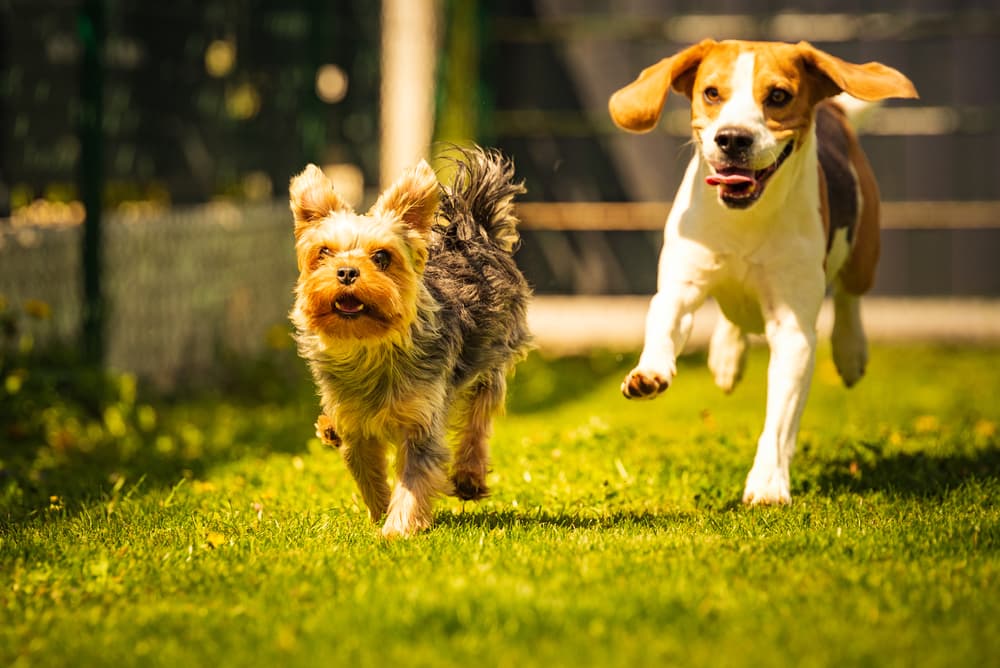
Accidents can occur at any time, and knowing how to properly clean your dog's wound is essential for ensuring their health and well-being. Whether your dog has suffered a minor scrape or a more serious injury, taking immediate and appropriate action can prevent infection and promote faster healing. This comprehensive guide will walk you through the steps to effectively clean and care for your dog's wound at home.
Importance of Wound Care
Your dog's active lifestyle may expose them to various injuries, from cuts and scrapes to puncture wounds. Proper wound care not only helps in preventing infections but also provides crucial insights into the severity of your pet's injury. By cleaning the wound promptly and effectively, you can assess the extent of the damage and provide initial treatment before seeking professional veterinary help if necessary.
Step-by-Step Guide to Cleaning a Dog's Wound
Part 1: Stopping any Bleeding
-
Calm the dog down: Approach your dog calmly and soothe them to prevent agitation, which can exacerbate bleeding.
-
Muzzle the dog if necessary: Ensure your safety by using a muzzle if your dog is in pain or distress.
-
Address any bleeding: Apply gentle, direct pressure to the wound using a clean cloth or gauze to stem the bleeding. Elevate the affected limb if possible to reduce blood flow.
Part 2: Cleaning the Wound
-
Clip away hair: Using electric clippers, carefully trim hair around the wound to expose it fully without causing further injury.
-
Flush with warm saline solution: Prepare a saline solution by dissolving 2 teaspoons of sea salt in 1 cup of warm water. Gently flush the wound to remove dirt and debris. If the wound is on a paw, soaking it in the solution for a few minutes can be effective.
-
Disinfect the wound: Use a veterinary-approved antiseptic solution like Betadine (Povidone-Iodine) or Chlorhexidine to disinfect the wound and surrounding area. This step helps in killing bacteria and reducing the risk of infection.
-
Dry the wound: Pat the area dry with clean, absorbent material. Avoid rubbing, which can cause irritation or pain to your dog.
-
Apply antibiotic ointment: Use an antibiotic cream or spray suitable for dogs to further protect the wound from infection. Ensure your dog cannot lick or ingest the medication, as this may interfere with healing.
-
Monitor and protect: Keep an eye on the wound for any signs of infection, such as redness, swelling, or discharge. Consider using an Elizabethan collar to prevent your dog from licking or biting the wound.
Seeking Professional Veterinary Help
While minor wounds can often be managed at home, it's crucial to seek veterinary assistance in the following situations:
-
Deep puncture wounds or those involving significant tissue damage.
-
Signs of infection, such as pus, foul odor, or excessive redness.
-
Wounds that continue to bleed despite home care efforts.
-
Any wound near the eyes, ears, or genitals.
Your veterinarian can provide further evaluation, prescribe appropriate medications, and recommend additional treatments to ensure your dog's wound heals properly.
Conclusion
Knowing how to clean and care for your dog's wound is a valuable skill that can make a significant difference in their recovery process. By following the steps outlined in this comprehensive guide, you can confidently provide immediate first aid, prevent infections, and promote optimal healing for your beloved pet.
Always consult your veterinarian for guidance, especially if you have any concerns about the severity or management of your dog's injury. With proper care and attention, you can help your dog recover swiftly and return to their active, happy self.
This guide empowers pet owners to take proactive measures in managing their dog's health, ensuring they receive the best possible care in times of need.